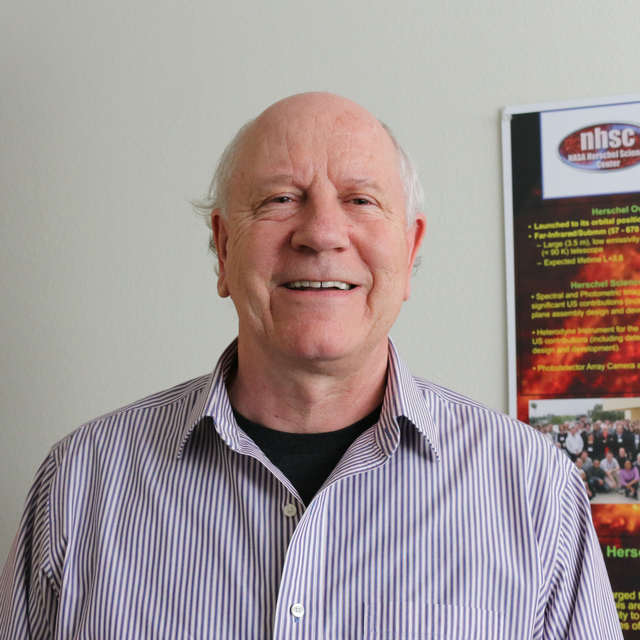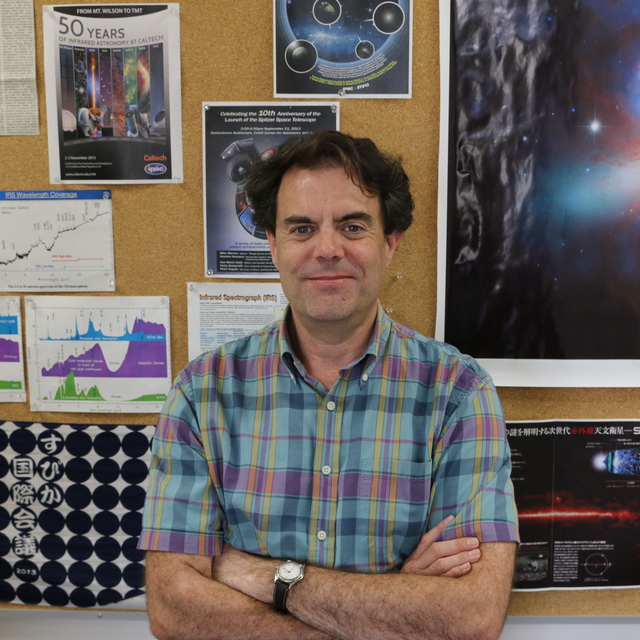February
2019
•
2019ApJ...871..166U
Authors
•
U, Vivian
•
Medling, Anne M.
•
Inami, Hanae
•
Armus, Lee
•
Díaz-Santos, Tanio
•
Charmandaris, Vassilis
•
Howell, Justin
•
Stierwalt, Sabrina
•
Privon, George C.
•
Linden, Sean T.
•
Sanders, David B.
•
Max, Claire E.
•
Evans, Aaron S.
•
Barcos-Muñoz, Loreto
•
Chiang, Charleston W. K.
•
Appleton, Phil
•
Canalizo, Gabriela
•
Fazio, Giovanni
•
Iwasawa, Kazushi
•
Larson, Kirsten
•
Mazzarella, Joseph
•
Murphy, Eric
•
Rich, Jeffrey
•
Surace, Jason
Abstract
•
The role of feedback in triggering or quenching star formation and hence driving galaxy evolution can be directly studied with high-resolution integral field observations. The manifestation of feedback in shocks is particularly important to examine in galaxy mergers, where violent interactions of gas take place in the interstellar medium during the course of the galactic collision. As part of our effort to systematically study the local population of luminous infrared galaxies within the Great Observatories All-Sky LIRG Survey, we undertook the Keck OSIRIS AO LIRG Analysis observing campaign to study the gas dynamics in the inner kiloparsec regions of these systems at spatial scales of a few tens of pc. With high-resolution near-infrared adaptive optics-assisted integral field observations taken with OSIRIS on the Keck Telescopes, we employ near-infrared diagnostics such as Brγ and the rovibrationally excited H2 lines to quantify the nuclear star formation rate and identify feedback associated with shocked molecular gas seen in 21 nearby luminous infrared galaxies. Shocked molecular gas is preferentially found in the ultraluminous infrared systems but may also be triggered at a lower-luminosity, earlier merging stage. On circumnuclear scales, AGNs have a strong effect on heating the surrounding molecular gas, though their coupling is not simply driven by AGN strength but rather is complicated by orientation, dust shielding, density, and other factors. We find that nuclear star formation correlates with merger class and diminishing projected nuclear separations. These trends are largely consistent with the picture of merger-induced starbursts in the center of galaxy mergers.
Links





